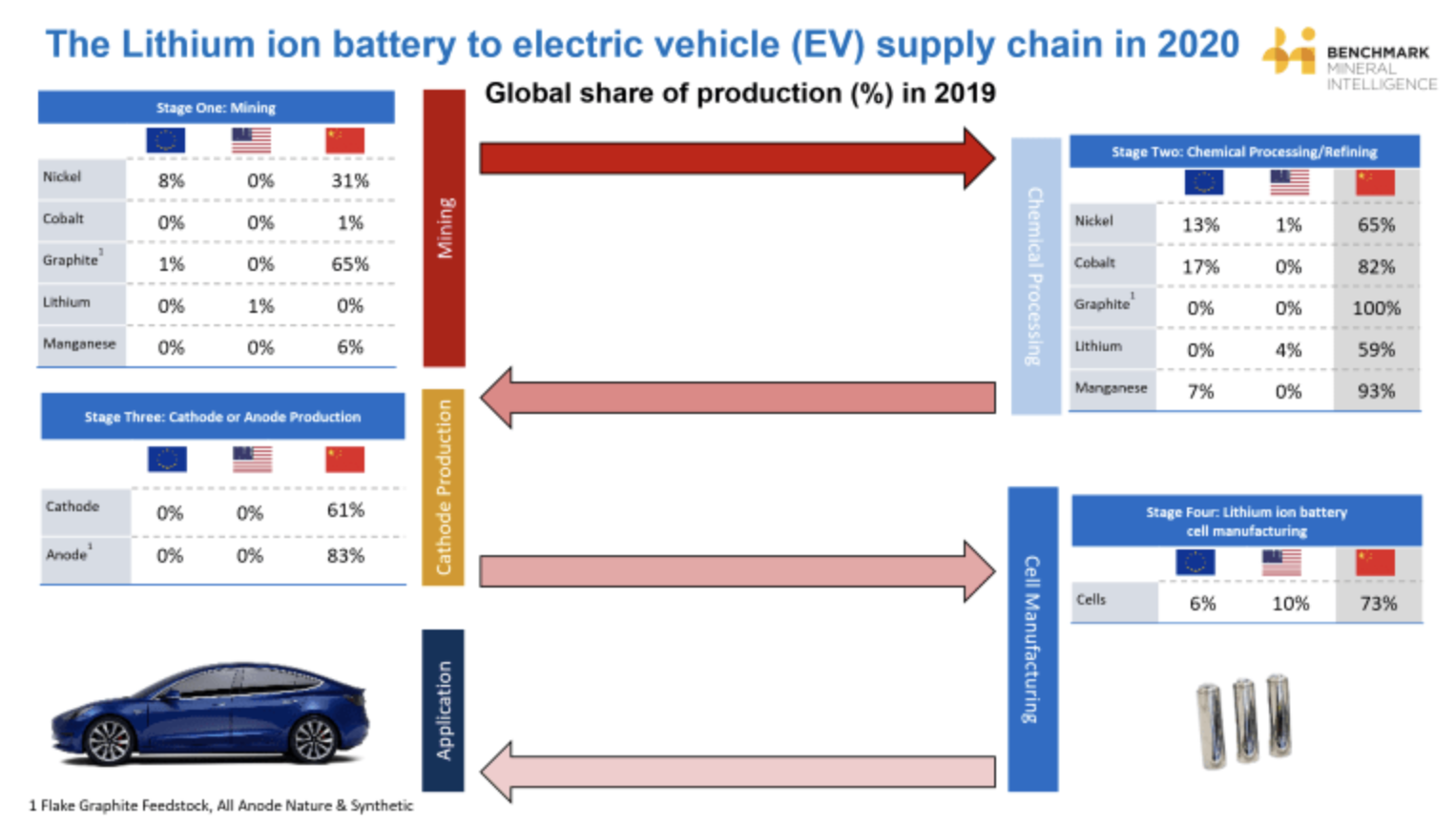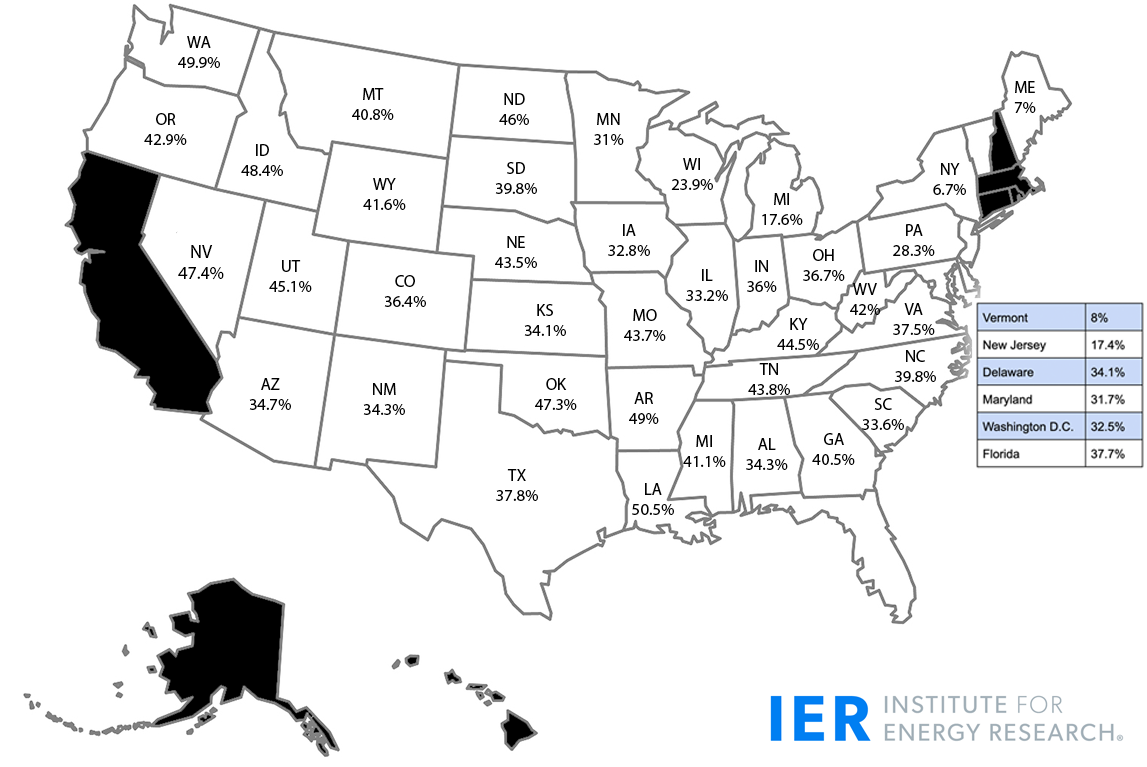As ballots arrive across America, voters have a right to know
which representatives support affordable energy.
WASHINGTON DC (September 16, 2020) – The American Energy Alliance (AEA), the country’s premier pro-consumer, pro-taxpayer, and free-market energy organization, has released its 2020 energy scorecard promoting energy champions and flagging those who ‘need attention’ as voters across the nation prepare to cast ballots for their federal representatives.
The American Energy Scorecard has two primary audiences – voters and lawmakers – and its purpose is to highlight activity around the most important energy legislation in Congress. Those who support affordable energy should be retained by voters and those who do not should be held accountable.
AEA scores both votes cast, and legislative bill sponsorships related to energy and the environment, such as the Green New Deal.
The title of energy champion is awarded to members in the U.S. House of Representatives with a score of 100 percent and a score of 90 percent in the U.S. Senate. The 2020 scorecard promotes 74 energy champions in the House and 15 in the U.S. Senate.
Kenny Stein, Director of Policy and Federal Affairs for the American Energy Alliance, issued the following statement in conjunction with today’s scorecard:
“Many students are back to school – either in person or virtually – which means report cards for parents and scorecards for voters. The choices in Congress between who supports affordable, abundant energy, and who does not, is stark. There are energy champions that should be applauded, and those who are failing and ‘need attention.’ These elected officials have earned these scores and now they need to live with the consequences.
“While the government should not be in the business of picking winners and losers, voters sure should be. If you represent a district or state that produces traditional forms energy like coal, natural gas or oil, your constituents deserve to know your record when it comes to those important local industries. We thank our champions and encourage voters to take their member’s record on energy into account when it’s time to cast their ballots.”
Notable Scores: U.S. House of Representatives
| Member’s Name | Final Score | Cook Rating* |
| Scott Perry (R-PA) | 100% | Toss Up |
| Chip Roy (R-TX) | 100% | Toss Up |
| John Carter (R-TX) | 100% | Likely R |
| Roger Williams (R-TX) | 100% | Likely R |
| Steve Chabot (R-OH) | 100% | Toss Up |
| Ron Wright (R-TX) | 100% | Likely R |
| Steve Scalise (R-LA) | 100% | Safe R |
| Liz Cheney R-WY) | 100% | Safe R |
| Collin Peterson (D-MN) | 50% | Toss Up |
| Lizzie Fletcher (D-TX) | 39% | Lean D |
| Colin Allred (D-TX) | 11% | Likely D |
| Conor Lamb (D-PA) | 6% | Likely D |
| Ben McAdams (D-UT) | 6% | Toss Up |
| Joe Cunningham (D-SC) | 0% | Toss Up |
| Abigail Spanberger (D-VA) | 0% | Toss Up |
| Xochitl Torres Small (D-NM) | 0% | Toss Up |
| TJ Cox (D-CA) | 0% | Toss Up |
| Matt Cartwright (D-PA) | 0% | Lean D |
| Angie Craig (D-MN) | 0% | Lean D |
| Elaine Luria (D-VA) | 0% | Toss Up |
| Kendra Horn (D-OK) | 0% | Toss Up |
Members of the House are scored based on their current, two-year term. Legislative bill sponsorship decisions count for 10 percent of the total score.
View the full 2020 House Energy Scorecard
Notable Scores: U.S. Senate
| Member’s Name | Final Score | Cook Rating* |
| Dan Sullivan (R-AK) | 100% | Likely R |
| David Perdue (R-GA) | 92% | Toss Up |
| Joni Ernst (R-IA) | 92% | Toss Up |
| Mitch McConnell (R-KY) | 92% | Likely R |
| Steve Daines (R-MT) | 92% | Toss Up |
| Thom Tillis (R-NC) | 92% | Toss Up |
| Gary Peters (D-MI) | 10% | Lean D |
Note: The following senators only participated in four votes or less and were not deemed scorable by AEA: Doug Jones (D-AL), Kelly Loeffler (R-GA), Cindy Hyde-Smith (R-MS), and Tina Smith (D-MN). Although Martha McSally (R-AZ) did not have enough votes for a Senate score, AEA notes she scored well during her House service, including 100% during the last Congress. Senators are scored across their current, six-year terms in office. Legislative bill sponsorship decisions count for 10 percent of the total score.
*The Cook Political Rating is an independent and non-partisan organization that analyzes elections and campaigns.
View the full 2020 Senate Energy Scorecard
About the Energy Scorecard:
The American Energy Scorecard is guided by these core set of principles:
- Promoting affordable, abundant, and reliable energy
- Expanding economic opportunity and prosperity, particularly for working families and those on fixed incomes
- Giving Americans, not Washington bureaucrats, the power to make their own energy choices
- Encouraging private sector innovation and entrepreneurship
- Advancing market-oriented energy and environment policies
- Reducing the role of government in energy markets
- Eliminating the subsidies, mandates, and special interest giveaways that lead to higher energy costs
Members of the House of Representatives are scored during their full two-year term, while Senators are score based off their full six-year term in office. All 435 members of the U.S. House of Representatives and 35 of the full 100 U.S. Senate are up for reelection in 2020.
Additional Resources
- House Scorecard Overview
- Senate Scorecard Overview
- AEA Scorecard methodology and FAQs
- 2020 Presidential Candidate Comparison page
- Vote Energy 2020
For media inquiries please contact:
[email protected]




